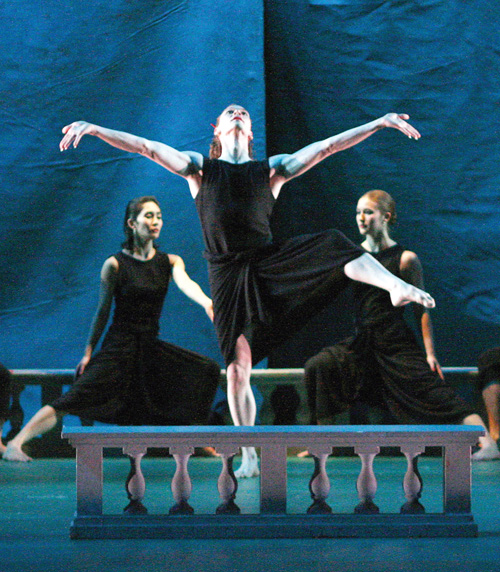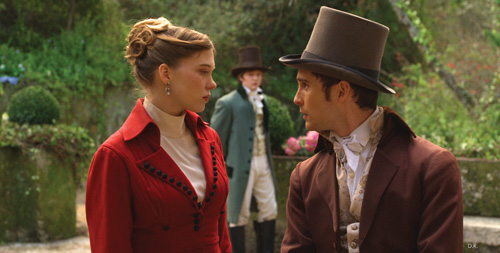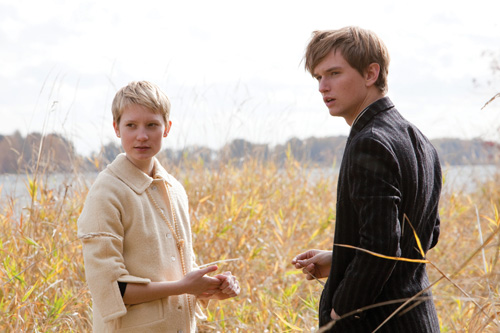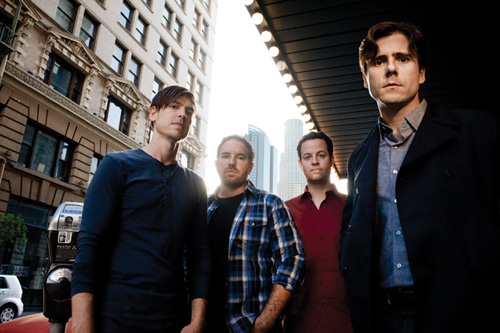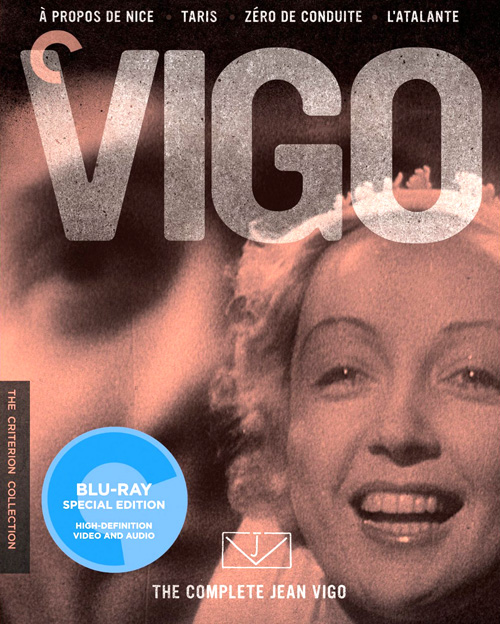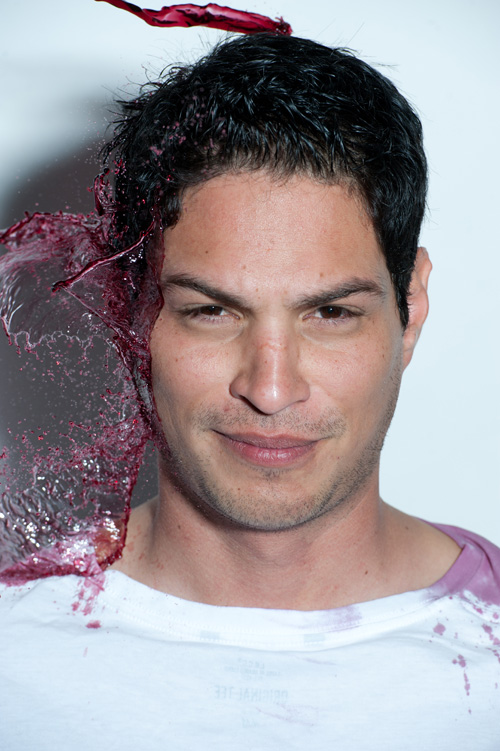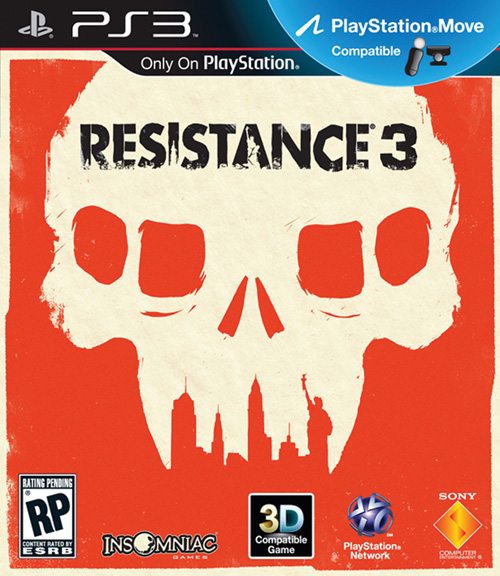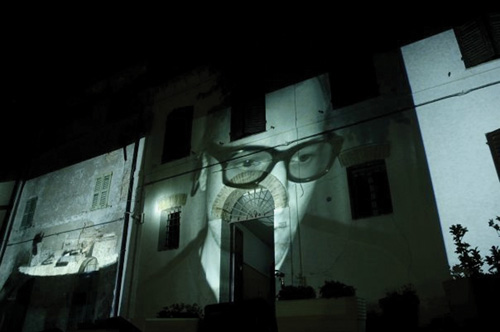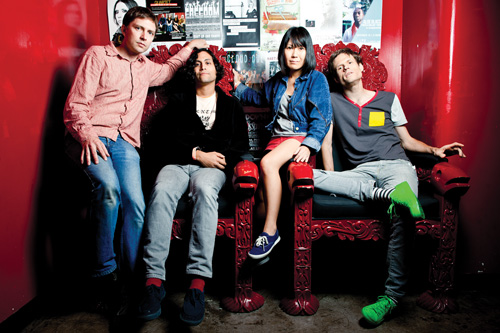CHEAP EATS Ten minutes, she said. I promise you, the line does not take long. She was like a greeter, which seemed unusual for a grocery store, but I am willing to believe almost anything at this point.
It’s strange: to pride oneself on one’s gullibility. Nevertheless, I grabbed the bread that I wanted, and walked whistling with it to the back of the store, through the storage area past the back of the store, beyond the bathrooms, back outside into the loading zone on the opposite side of the building from the parking lot, through some bushes, under an overpass, entirely outside of the city and into the desert, where I took my spot at the end of the line and said to the person in front of me, “Hi.”
“Hi,” he said. It was a cold crisp night with stars and moons all over the place. And behind me the line kept getting longer, all the while time passing.
The line did not move at all. Apparently, people were buying houses and cars. They had to talk to their lawyers and spouses, and wait for bank loans to be approved. Inspections.
Before long I had finished all the bread and was standing in line with an empty paper bag. The city was nowhere in sight, not to mention the cashiers. Nor could I tell if the line of people who had lined up behind me stretched longer than the line still in front of me. I was, as usual, in the middle.
It’s my nature to use my time wisely, even when it’s only 10 minutes. (She’d promised.) I tried to talk to the man in line ahead of me. First I made eye contact, then I asked questions. I wanted to familiarize myself with concepts like escrow and closing, in case someone else in the line should prove worth flirting with.
Because you never know. Many of my girlfriends met their future husbands while waiting in lines. It’s true that for the most part their future husbands didn’t notice them; they just went about their business, as it is in man’s nature to do. But there are exceptions to every rule, I’m told, so who’s to say I wasn’t going to be one of them?
Instead of educating me, the man in front of me in line flirted with me. I never did learn about escrow; I learned about him. He was married but separated from his wife but still in love with her but she didn’t love him and was living with her tennis teacher.
“The man is a tennis teacher?” I said. I don’t know why I wanted to be perfectly clear about the person his wife was living with, and what he did for a living. In retrospect it seems far from the point.
Still, I said what I said and the man said, “Yes. Do you play?”
“No,” I said. This was a lie.
“Well,” he said, then, “what is your story?”
And just like that I had him where I wanted. A captive audience, middle of nowhere, on a night much like this, waiting, waiting, and already mystified by my mystique. Which is, I’m told, considerable.
“Once upon a time,” I said.
“Don’t give me that shit,” said my future husband.
“Once upon a time,” I said again, because that’s the kind of storyteller I am, and, as if on cue, the rest of the line of people dissolved into the night, and all around us coyotes yipped and yapped.
“The corn on the cob was not fresh. Or it was overcooked,” I said, poking our little campfire with a stick, and my guest nodded, understanding me perfectly. “The brisket and the ribs were just fine, but, you know, it’s nice to have barbecue across the street from where you drink.”
“Where?” he said.
“Anywhere. Your neighborhood dive,” I said. “El Rio, in my case. One meets the love of one’s life in such a place, and the love of my life,” I said, “is barbecue.”
“But the corn …”
“It had dimples in it, yes,” I said. “It stuck to your teeth. Like something you feed to animals.”
He shook his head, in the smoke, in the night. And I shook mine.
We were supposed to have been so much more.
BABY BLUES BBQ
Sun.-Thu.: 11:30 a.m.-10 p.m.; Fri.-Sat.: 11:30 a.m.-11 p.m.
3149 Mission St., S.F.
(415) 796-2837
Beer & wine
AE/MC/V

